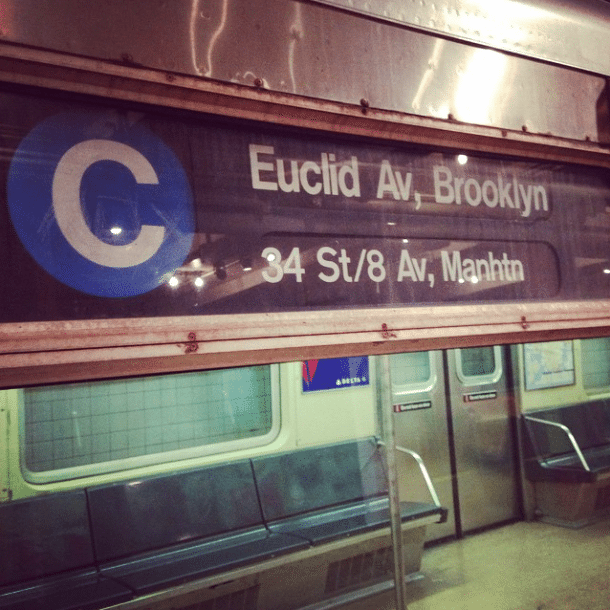MTA Full Line Review Suggests Many Changes For A/C Line, But Only Some Will Take Effect


The results are in from the Metropolitan Transportation Authority’s (MTA) A/C Full Line Review are in and it makes several recommendations for changes to our often delayed and perpetually crowded subway lines. However, they are only recommendations — some are included in existing capital funding plans, while others have no funding as yet.
The key issues identified are no surprise: infrequent service, fewer subway cars, old and outdated cars, unreliability, poor station access, and a lack of customer communication infrastructure.
Suggested changes include:
- Adjust the schedule of peak A service on both morning and evening routes, and to even out passenger loads on both the A and the C.
- Expand the number of crews on the A line so delays don’t have a domino effect when switching conductors.
- Revise A timetables to make A headways consistent with frequency guidelines on the Far Rockaway branch, and revise C Sunday schedules to increase service frequencies in the early morning.
- Facilitate on-time terminal dispatching through new internal communications tools.
- Start working with the US Coast Guard to expand moratorium periods during which the South Channel Bridge is not opened for marine traffic.
- Reduce dwell times at Hoyt-Schermerhorn Streets in the AM peak by deploying platform conductors.
- Continue with existing car fleet assignment and replacement plans, replacing old R32s with R160s and R179s on the C line — and part of the A line — according to regular maintenance plans. By the early 2020s, replace the remaining A R46 fleet with the new car order of R211’s.
- Reconfigure entry and exit turnstile layouts, widen stairways, and open new or currently closed entries and stairways, based on capacity needs, if funds are found.
- If funds are found, reopen closed entrances at Franklin Av, 168 St, and 50 St (southbound), where existing Americans with Disabilities Act (ADA) compliance makes such work relatively cost-effective.

There are also problems that the Full Line Review notices, but decides will not be addressed:
- C trains are 480 feet long, while A trains are 600 feet long, but no changes will be made “for the forseeable future.”
This mixed news was met with mixed reactions from straphangers and elected officials.
“[This] promises a few improvements for riders, like station improvements, adjusting service timing during peak hours, and service increases on Sundays,” said Rebecca Bailin, campaign manager for advocacy group Riders Alliance. “But we’re disappointed that the MTA has decided not to increase service on the A & C during rush hours or take serious measures to decrease crowding across the entire line” — and that much of the long-term improvements “rely on full funding of the MTA’s capital plan,” which is not guaranteed.
Neighbor and Riders Alliance member Anthony Greene agreed, noting that “as a daily C train commuter from Franklin Ave. in Brooklyn into Manhattan, I’m very disappointed there is no increase in service during rush hour. The trains are packed with little room to move at rush hour and the long wait time of 10 to 12 minutes regularly turns into 15 minutes. This strikes me as very short-sighted and a huge disservice.”
Brooklyn Borough President Eric Adams also expressed disappointment in lack of rush hour commitments, stating that “the MTA must identify funds to expand service on these important lines, as well as provide increased accessibility to closed entrances in order to ease station overcrowding.”




